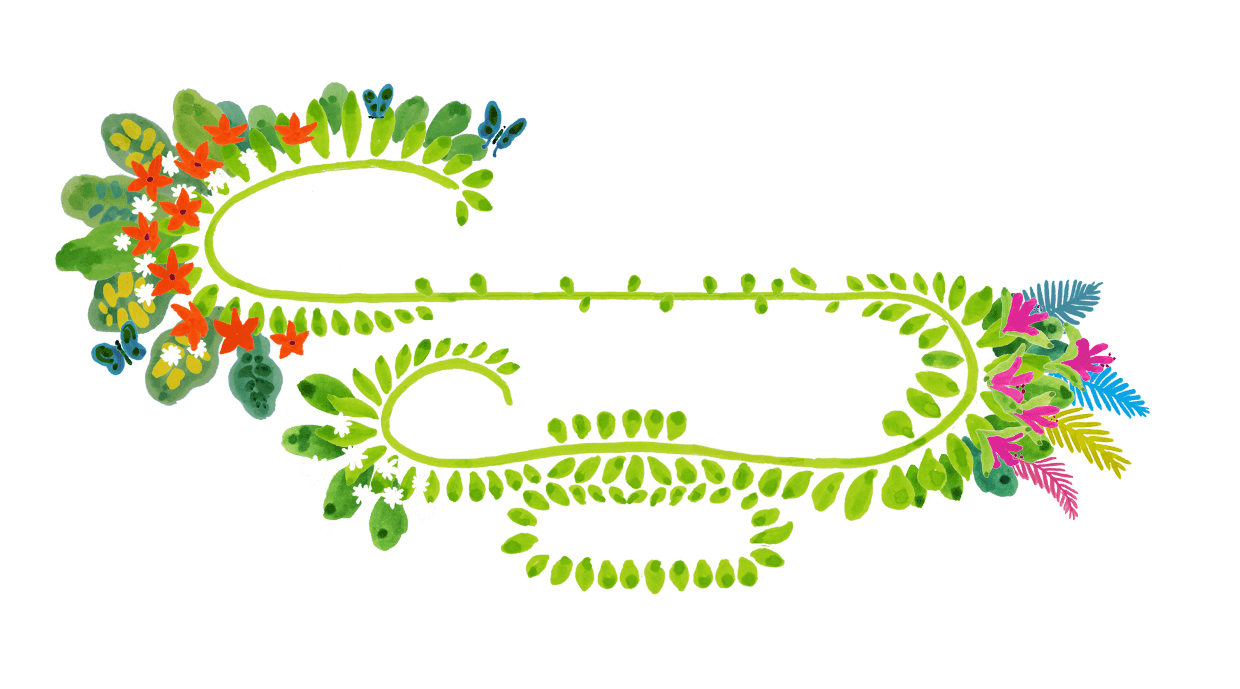
Cape Town, South Africa
Khoi First Nations Forest
Preserving the traditions of Goringhaikona Khoi tribe
Khoi First Nations Forest will be a collaboration with the Goringhaikona Khoi tribe, an indigenous South African community. Planting a forest will reconnect community members with native tree species from the neighboring Table Mountain.
This forest will be a local landmark, and serve the broader community by educating visitors on endemic tree species, biodiversity, and the benefits of rewilding urban spaces in South Africa where land remains a highly contested and complex issue.
Forest Maker Aghmad Gamieldien

800
TREES
200
SQUARE METRES
17
NATIVE SPECIES
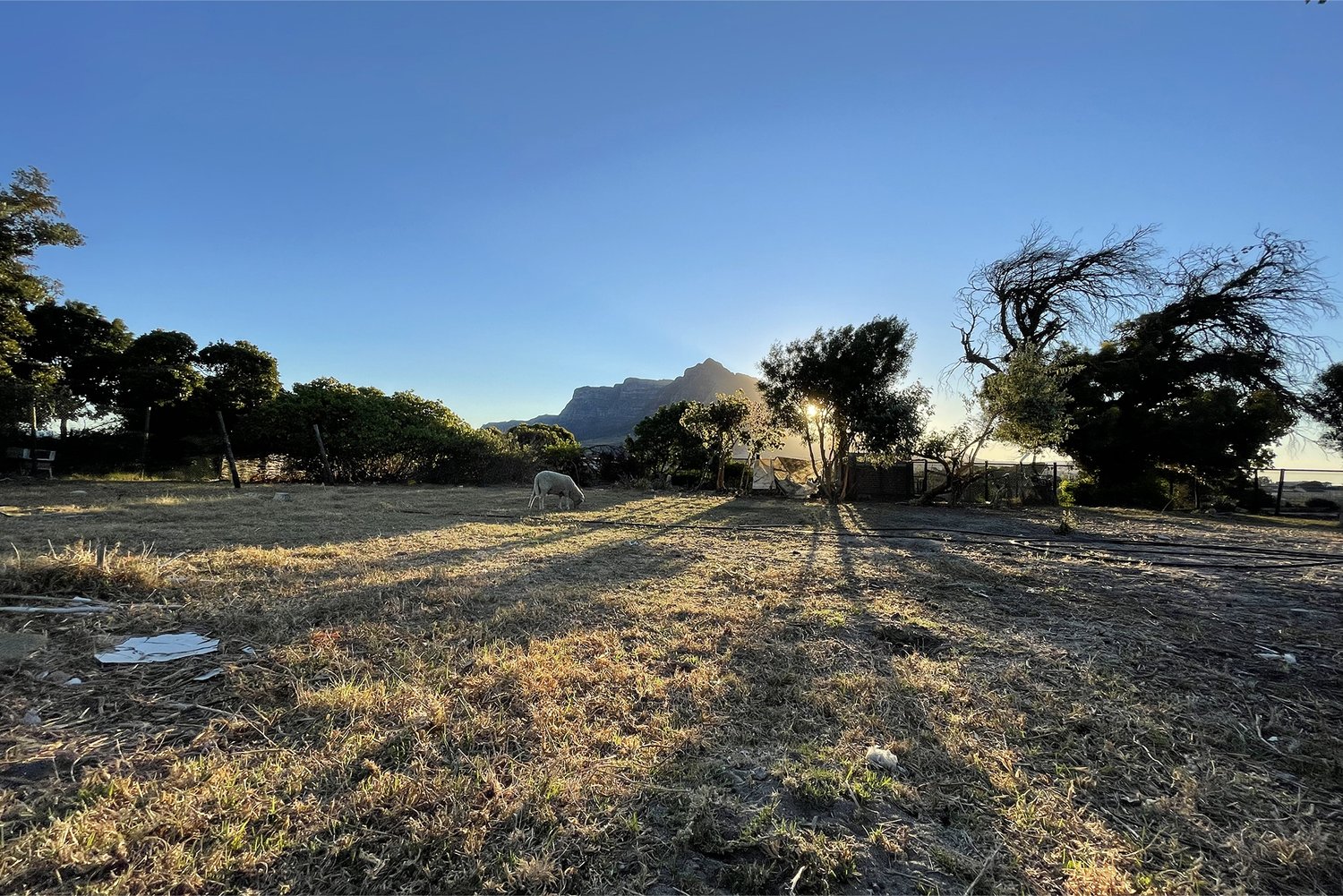
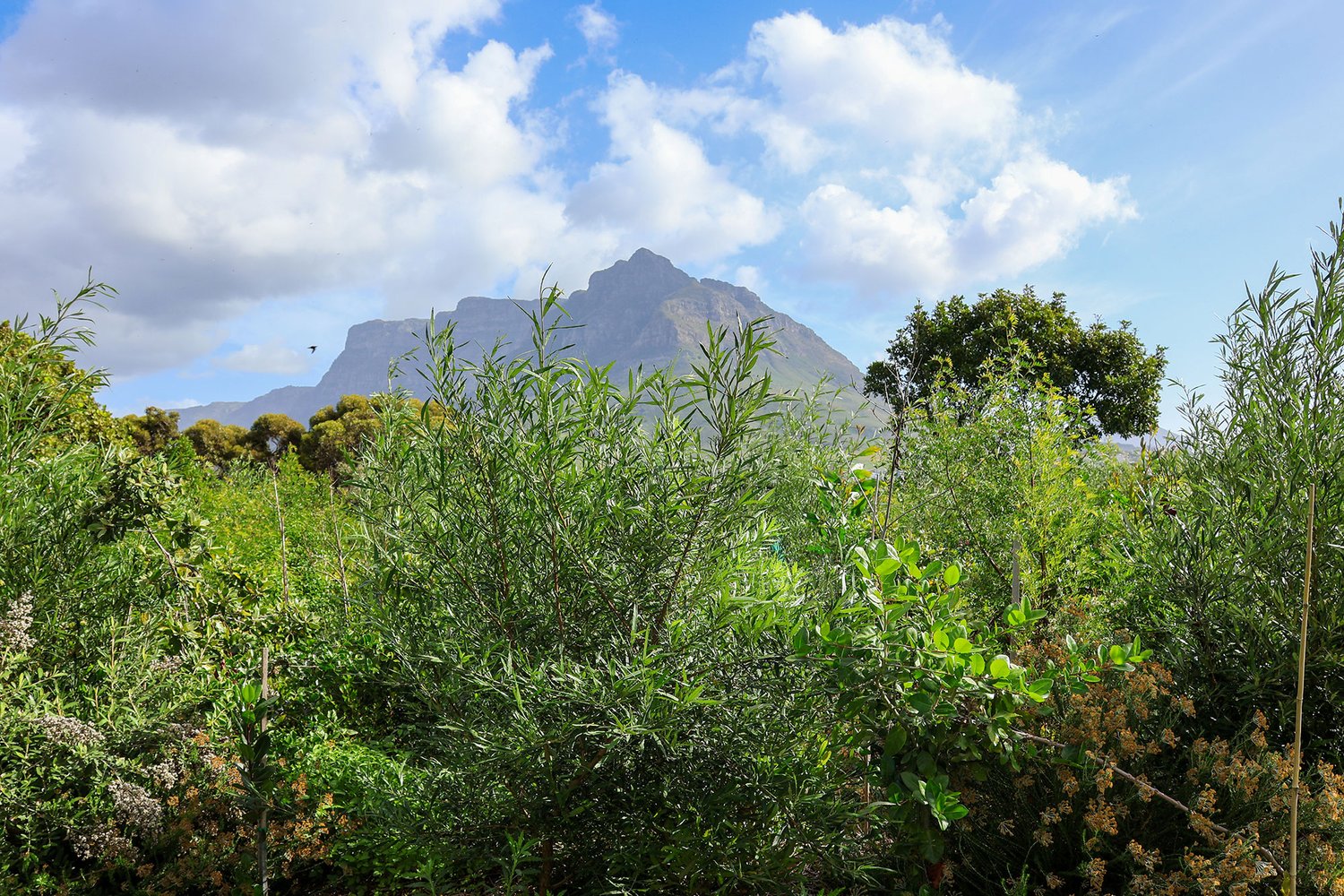
Forest Partner

Forest Report: 12 Months
DATE: 28.05.2023

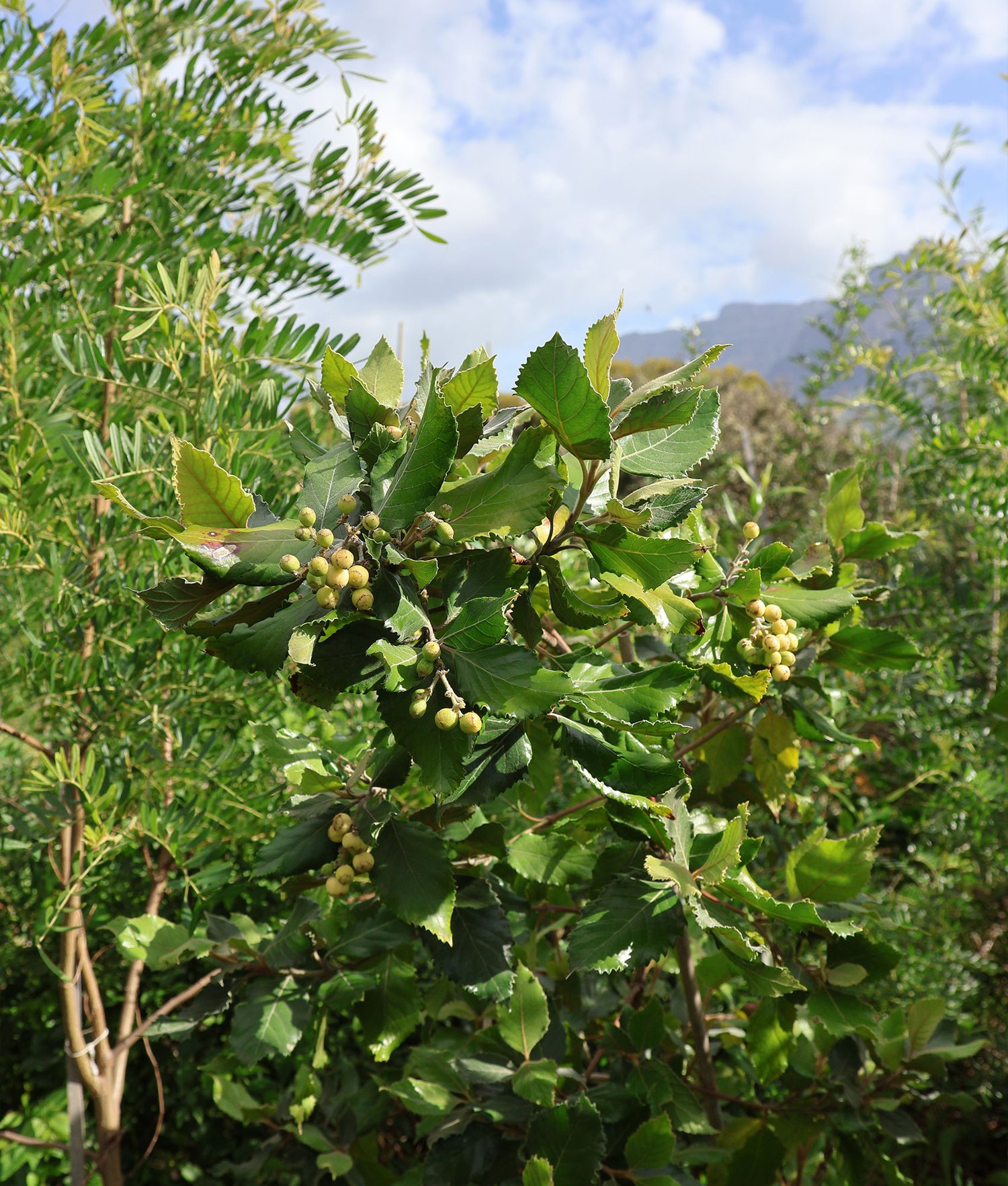
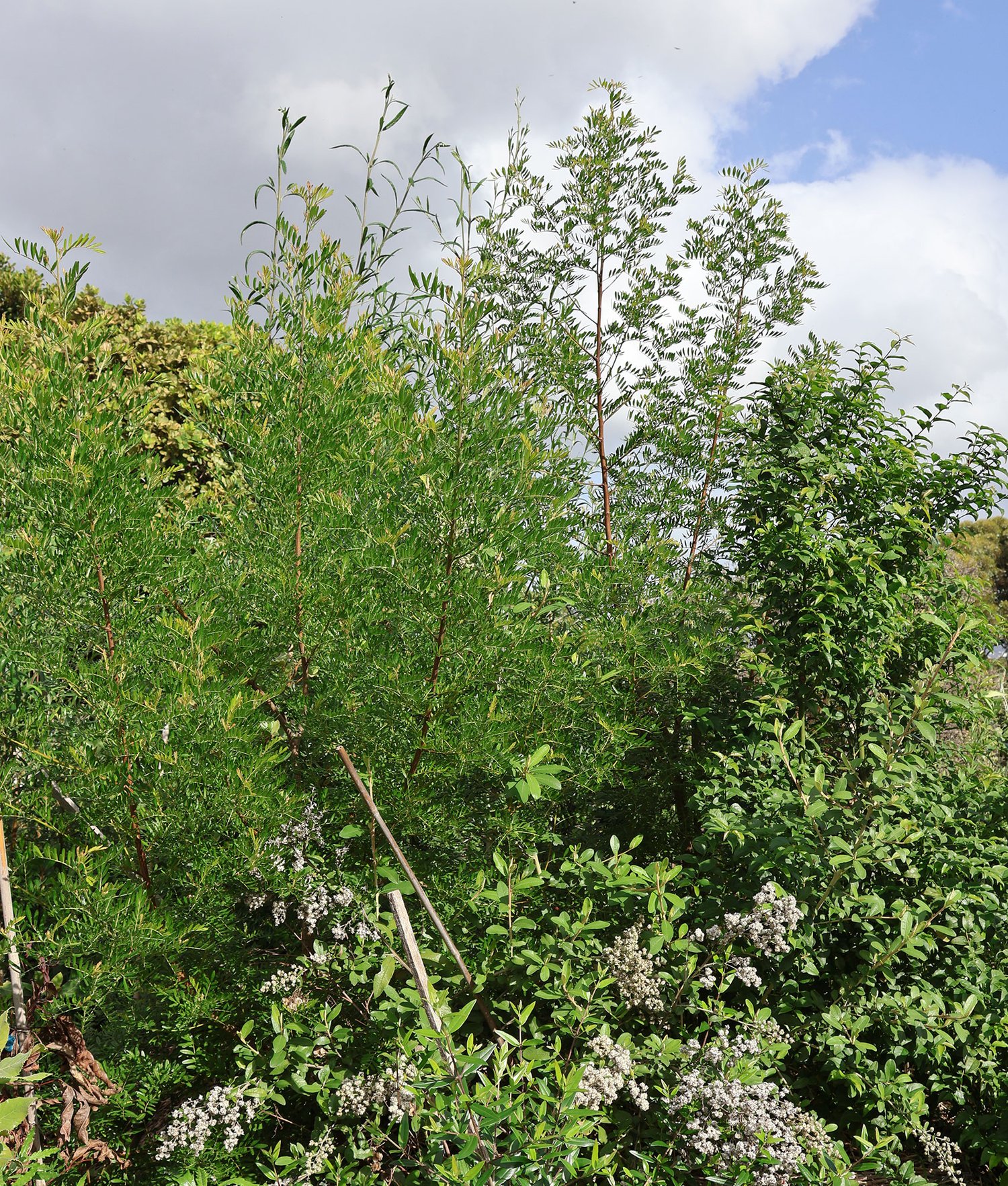
Biodiversity Notes:
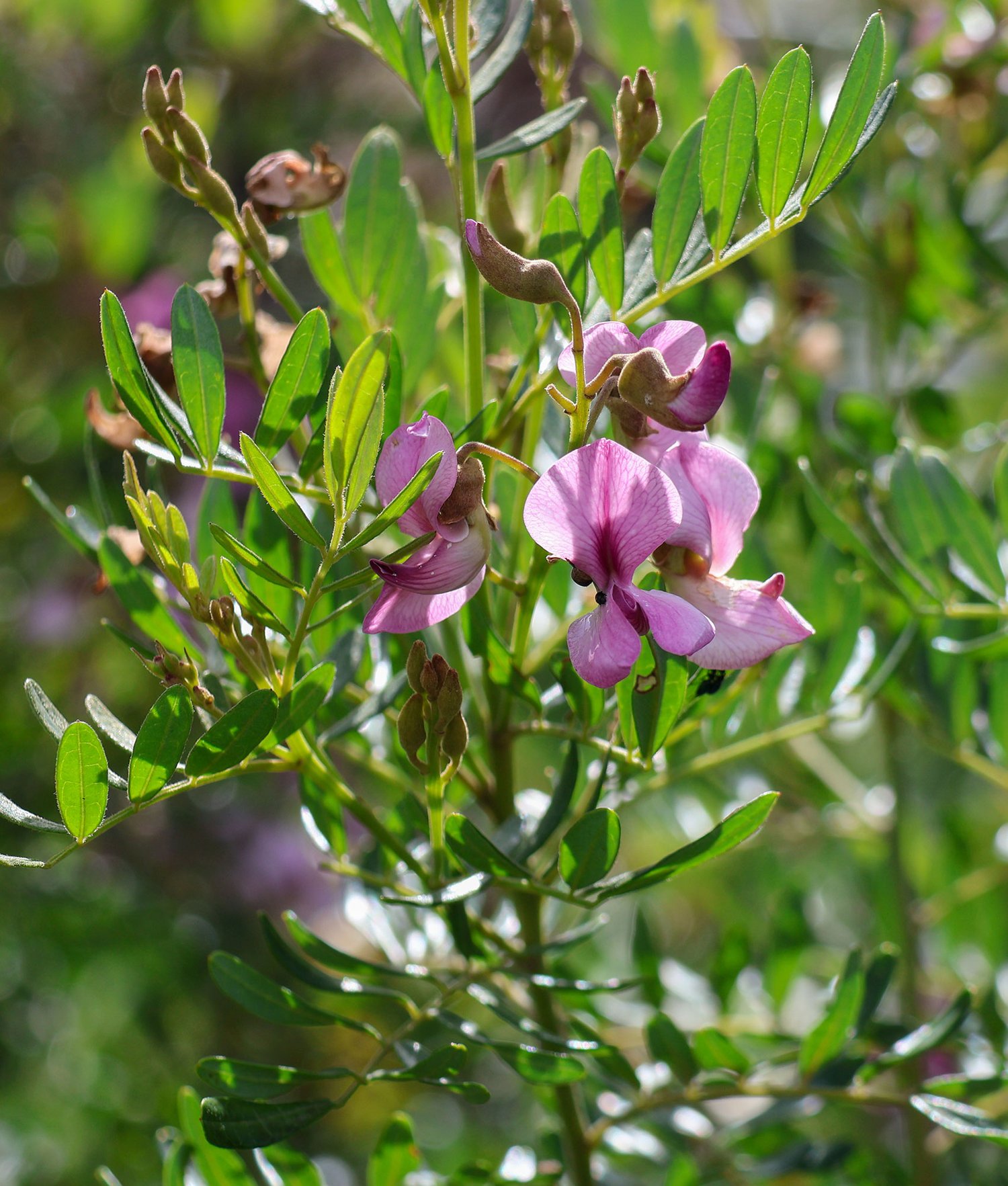
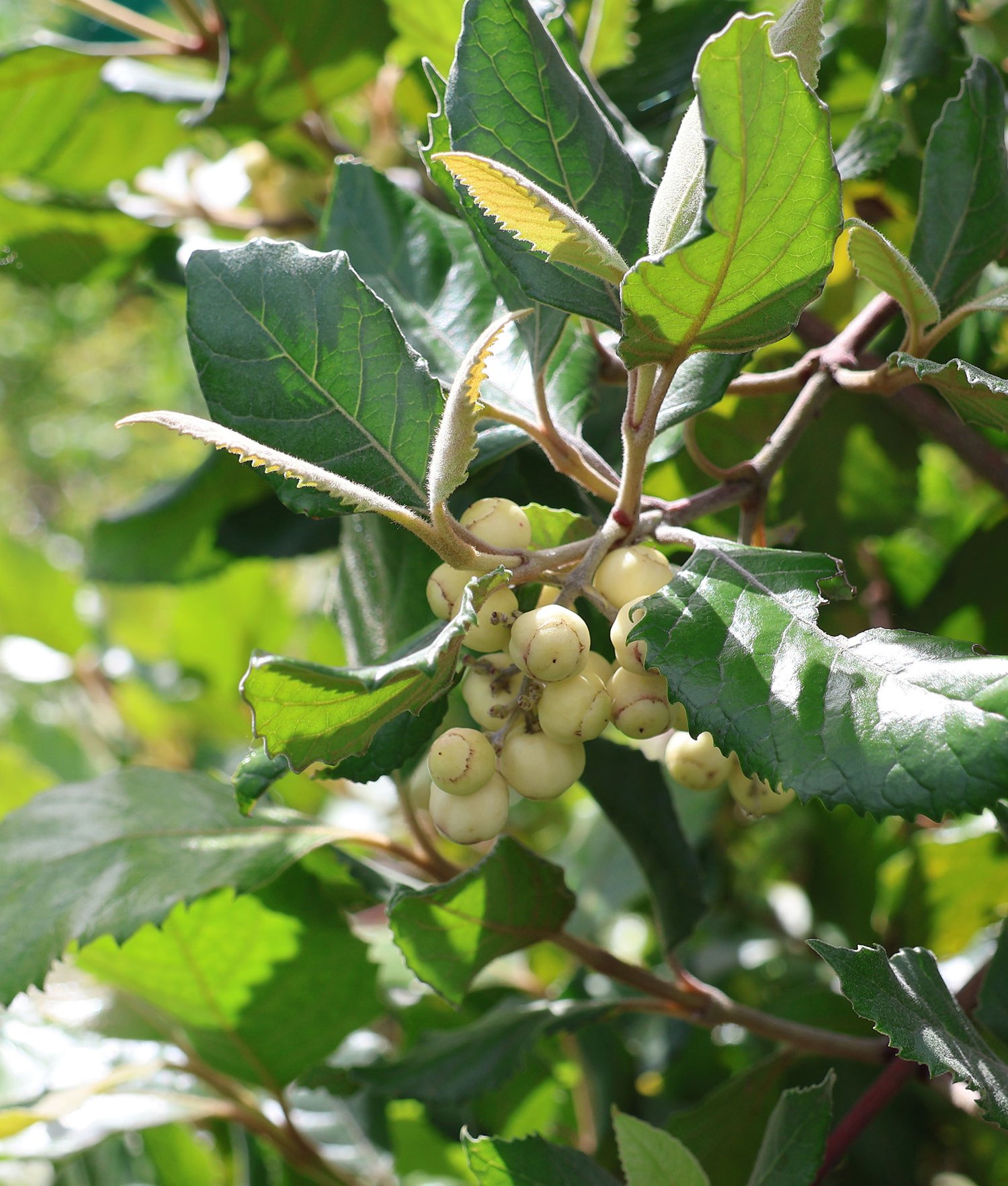

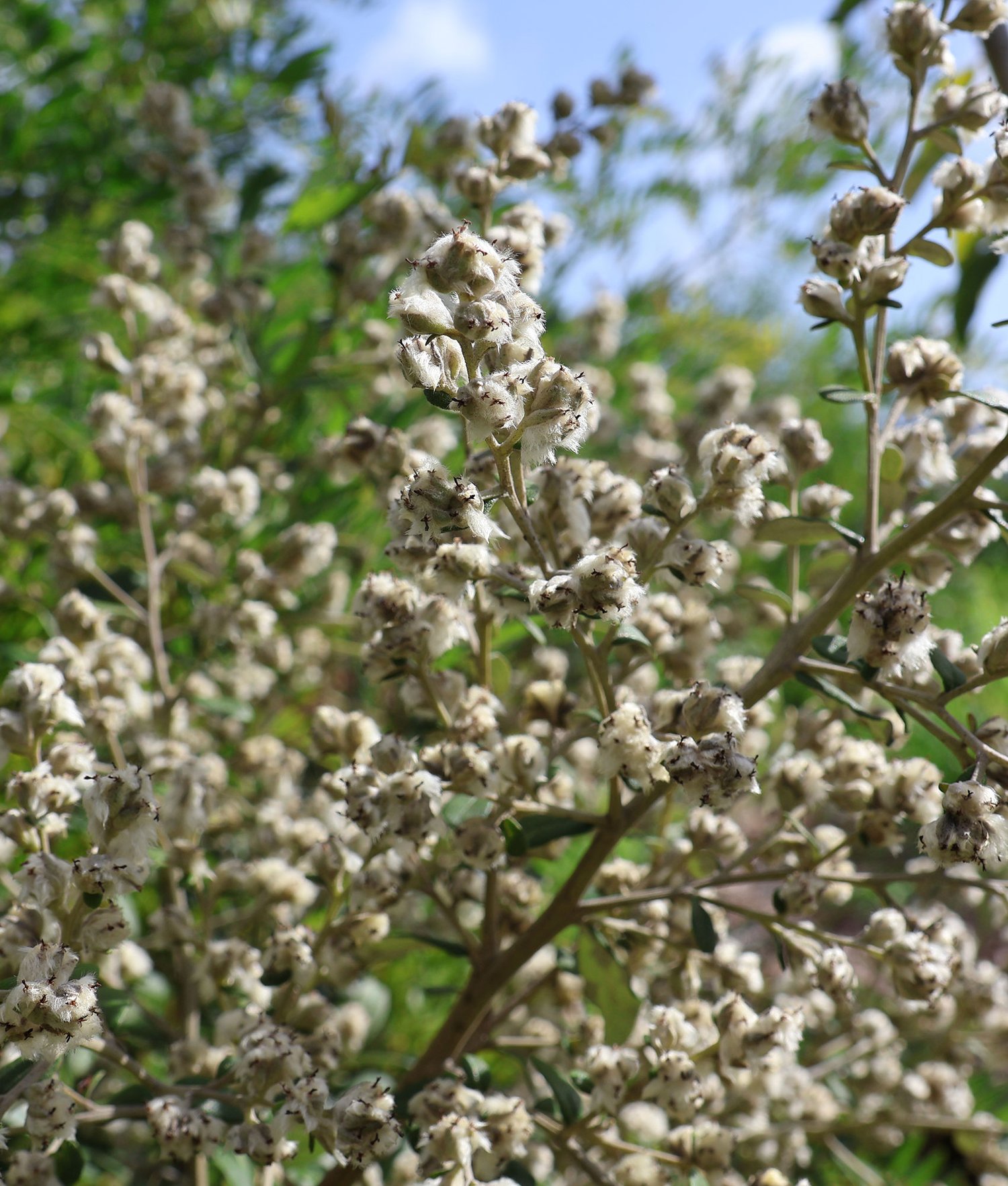
Forest Report: 6 Months
DATE: 28.11.2022
Survival Rate: 99%
Average of tallest 3 trees: 192 cm
At 6 months, this young pocket forest is making great progress. Growth is steady and the forest is certainly benefitting from regular watering, particularly as it enters summer in South Africa. The Cape Holly (Ilex mitis) is the tallest species currently at 197cm. This specimen has a girth of 3.2cm at the base. Some of the sand olive (Dodonaea viscosa) trees are already flowering too.


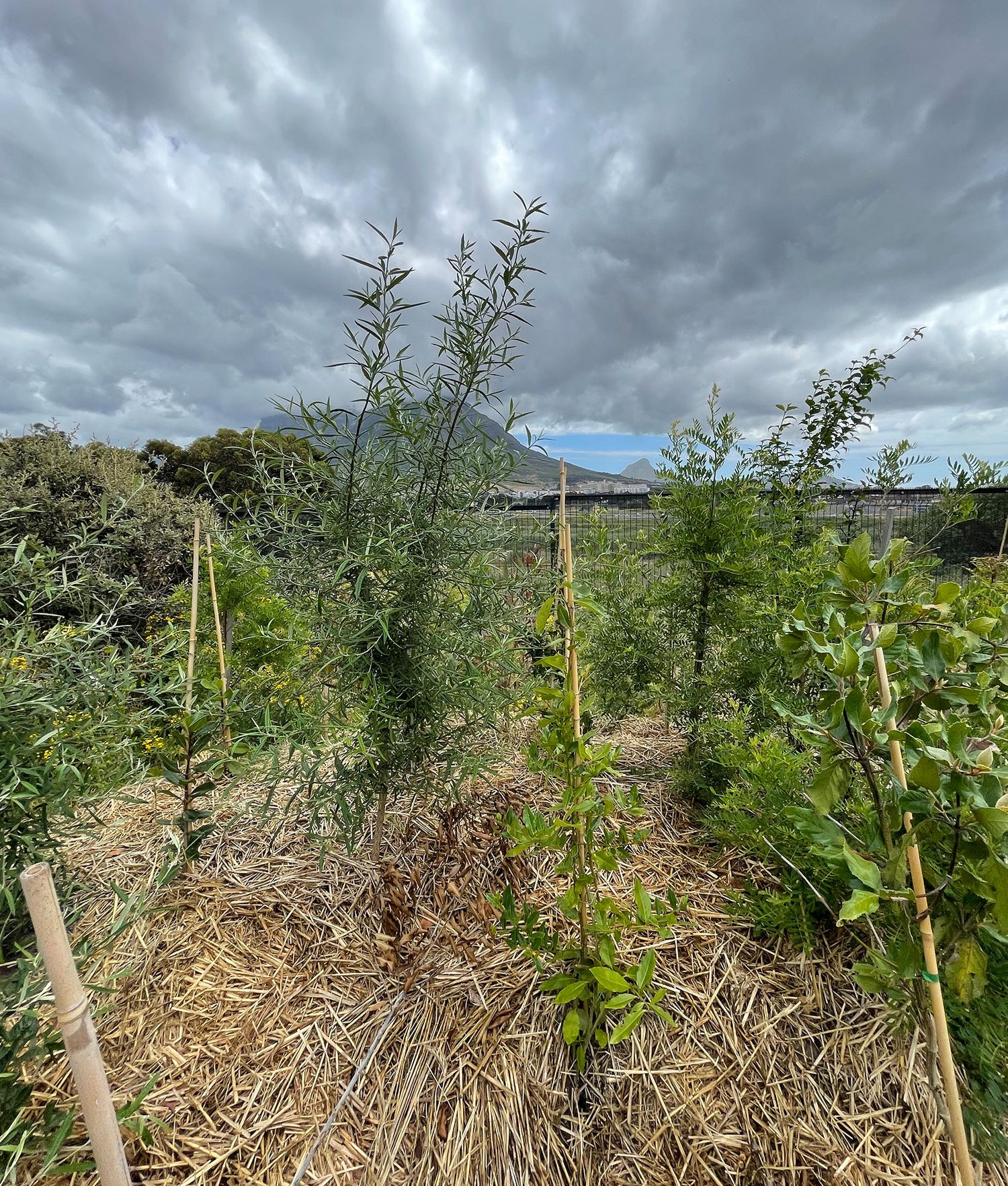
Biodiversity Notes:
The forest is buzzing with activity; it is adjacent to over ten Western Cape Honey Bee hives (Apis mellifera capensis Escholtz). The bees are moving through parts of the forest on a daily basis. Numerous unidentified insects, aphids and ants are inhabiting the forest, including the Cape lappet hairy worm (Eutricha capensis). Various birds have been observed, including Guinea Fowl (species unidentified) and the Cape white-eye (Zosterops virens capensis). Lastly, a black and orange butterfly, thought to be an African monarch (Danaus chrysippus), has also been seen in this pocket forest.

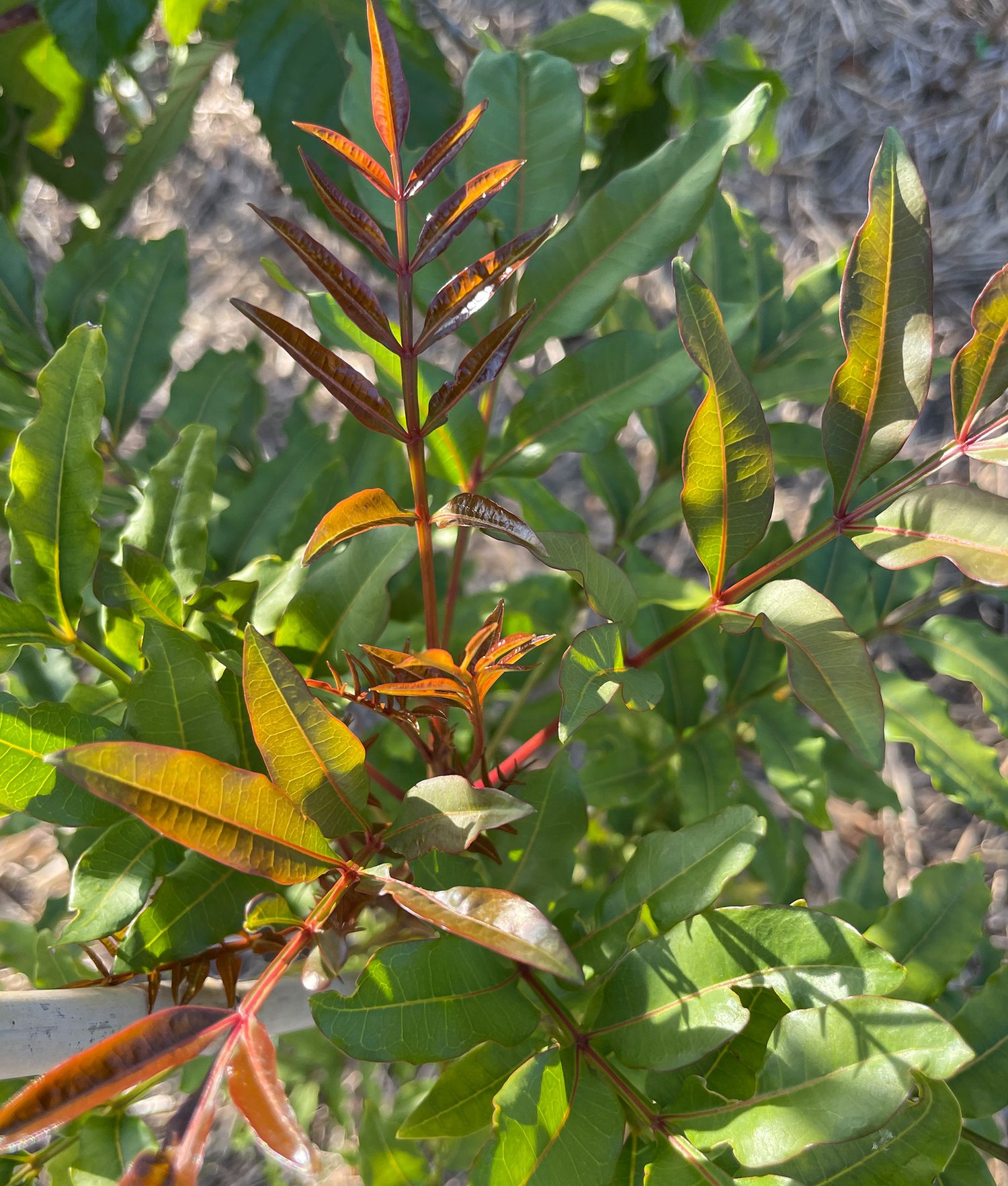
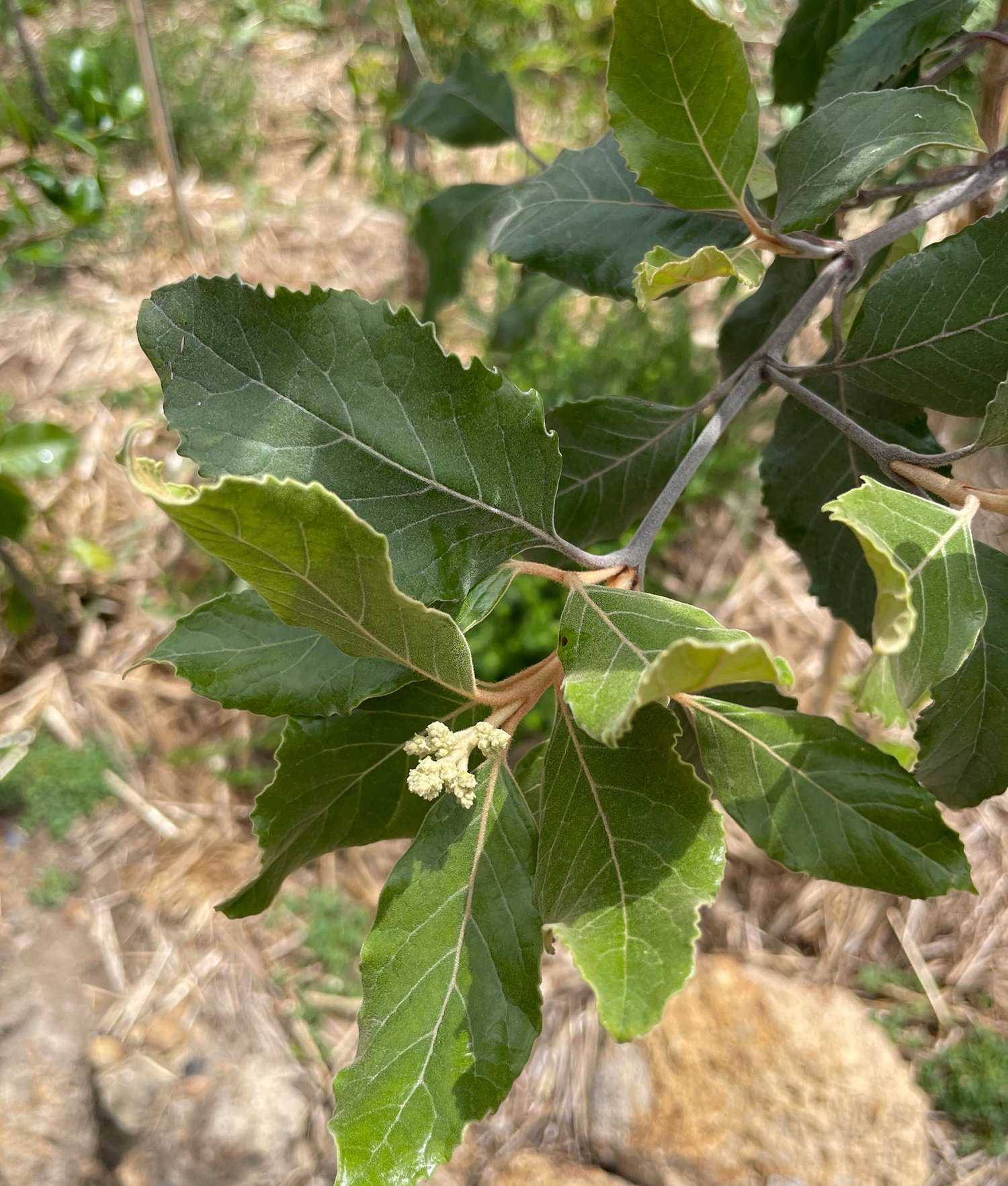
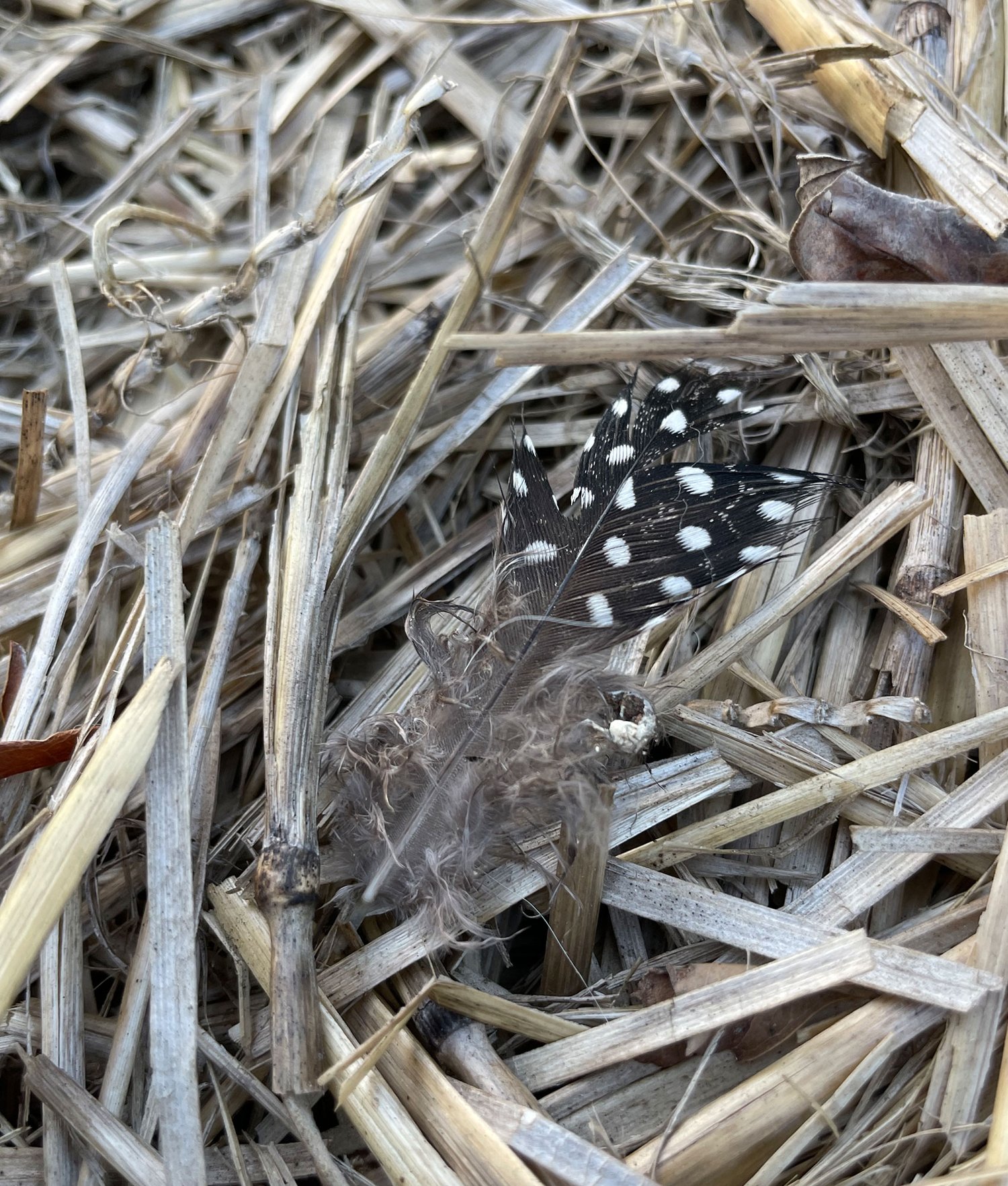
Forest Report: Planting
DATE: 28.05.2022

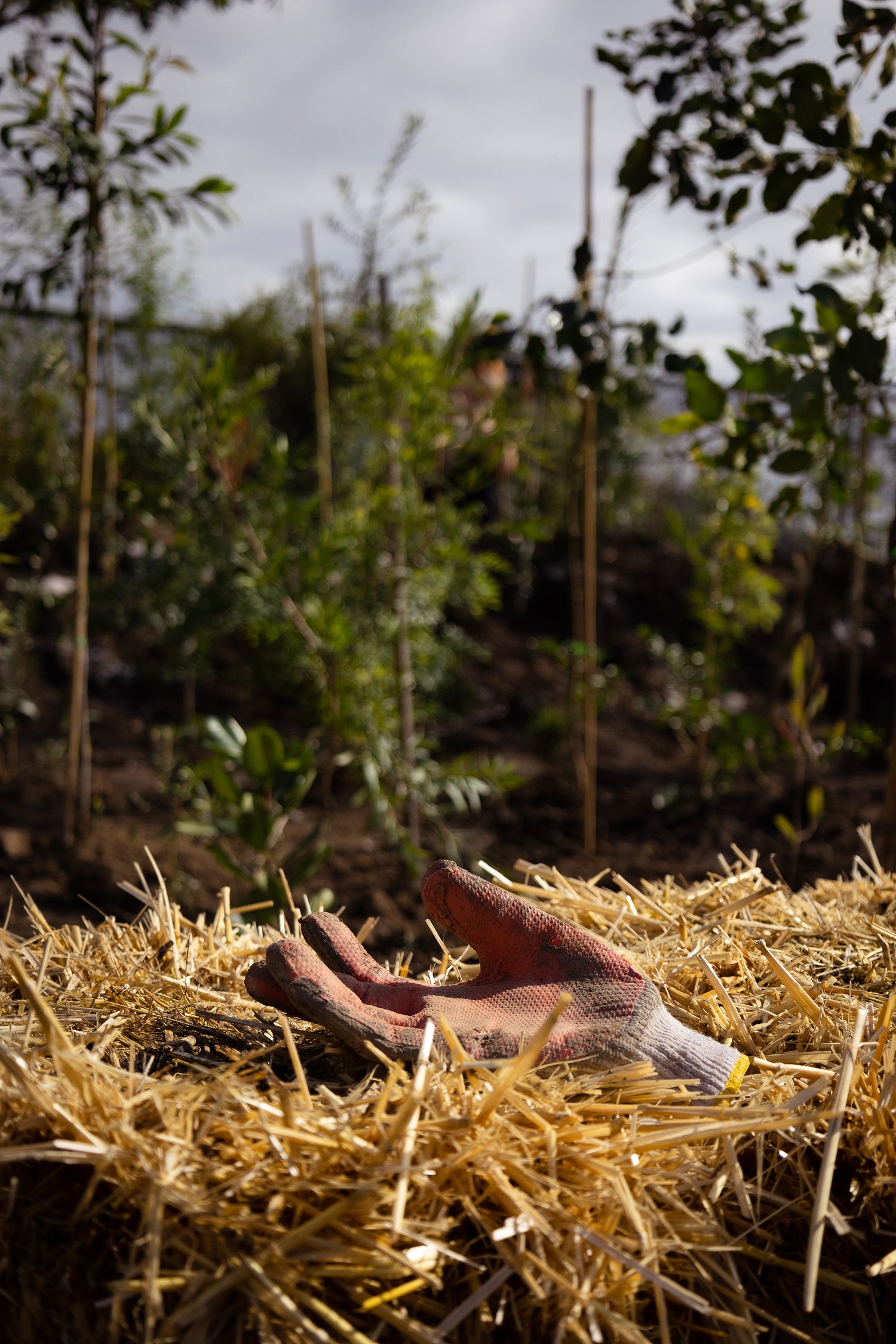

Why the Khoi First Nations Forest?
The Goringhaikona kraal (a traditional, circular enclosure and settlement) at the Oude Molen Eco-Village is a cultural and heritage site where this first nations tribe uphold their practices. It is the last remaining Khoi kraal in Cape Town and Khoi First Nations Forest will be located adjacent to it. Indeed the forest will have a circular design, mirroring the shape of the kraal.
The forest will contribute to the overall physical and mental wellbeing of the tribe. It will also help to preserve vital traditions and ensure indigenous knowledge is celebrated well into the future.
Forest Design
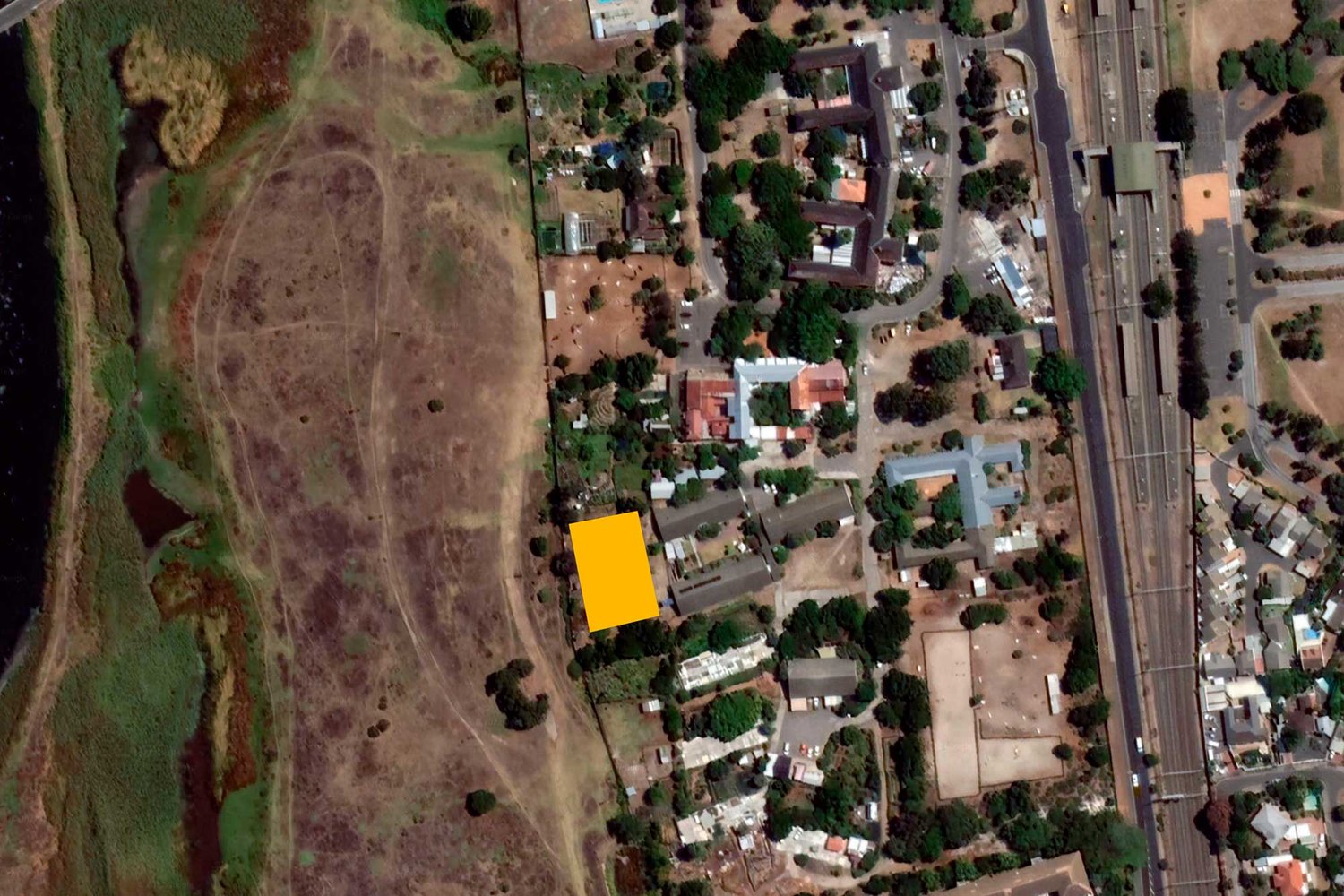
Discover more SUGi Projects

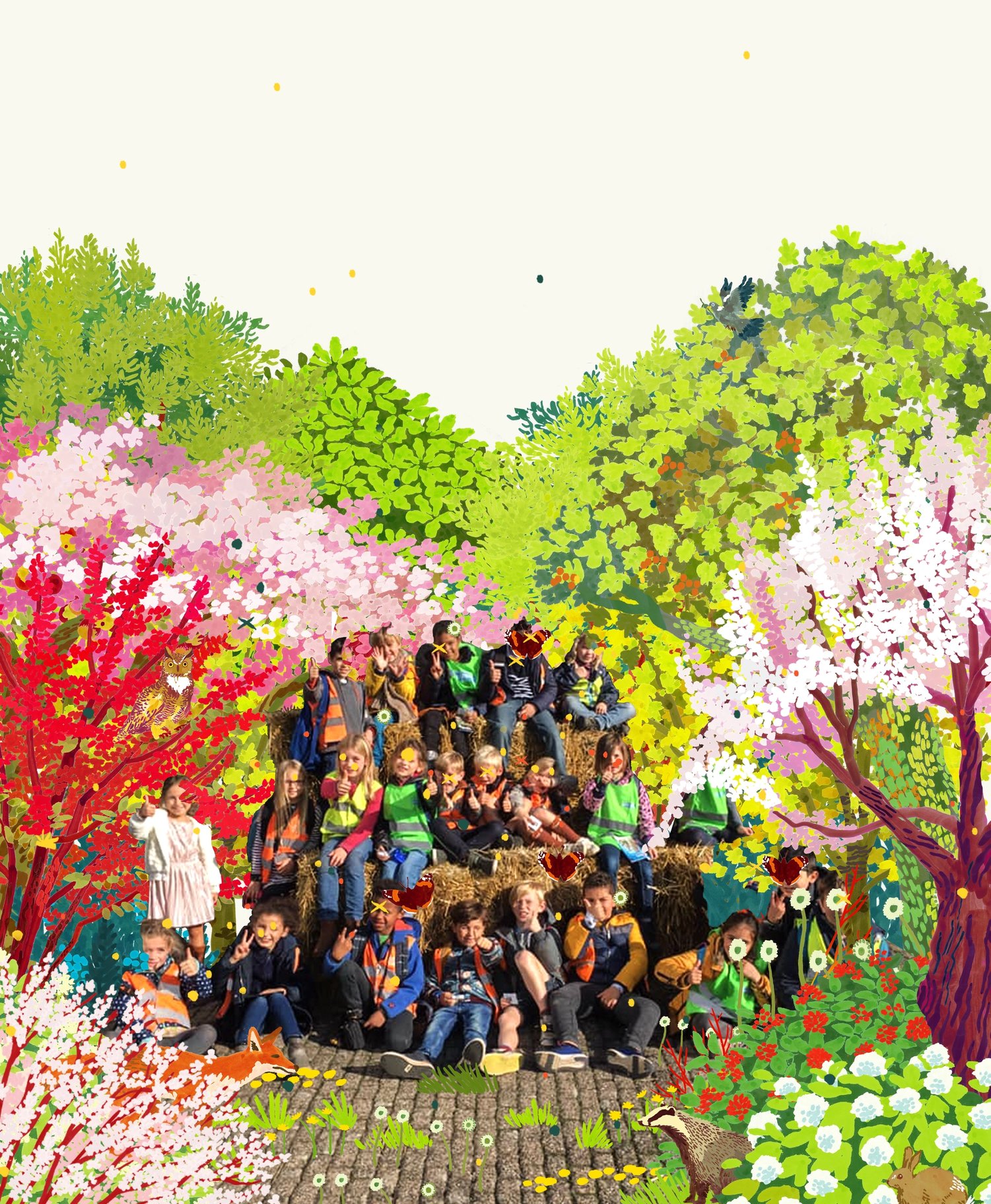
De Ark
A forest learning center in Sint-Niklaas


Langalibalele Forest
Cultivating a green oasis for community wellness and education.

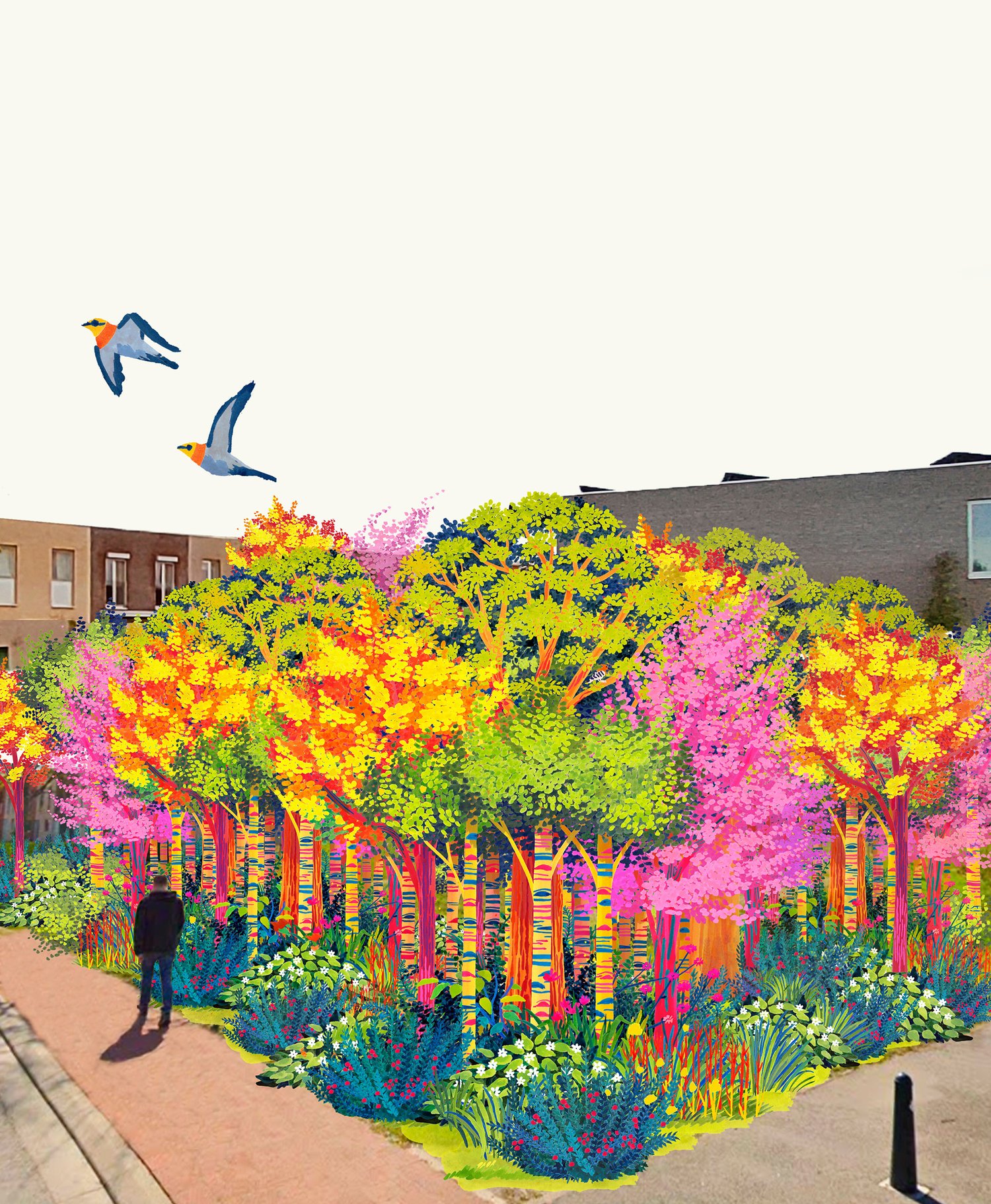
Papenhof Forest
Nature-based therapy at the heart of a city

